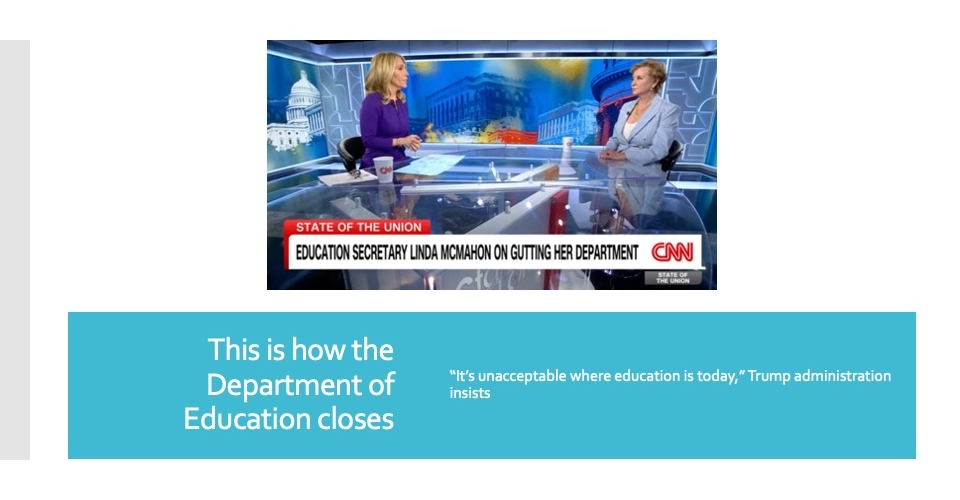Education benchmarks were far from the only thing affected by the ongoing pandemic—more notably, student well-being and mental health have significantly deteriorated. The Institute of Education Sciences says 70% of U.S. public schools have experienced an increase in students seeking care at school, and only 56% of school staff believed they could effectively provide this care.
Educators have linked the increase in mental health issues to the rise in school violence, so it’s clearly a factor that needs to be closely monitored. While mental health screening of children has never been commonplace, the U.S Preventive Services Task Force is, for the first time, recommending that children ages 8-18 receive an anxiety screening, while children 12-18 should also receive one for major depressive disorder.
However, educators are already overworked and underpaid, and as the teacher shortage continues, it might feel overwhelming to add the burden of monitoring student emotions to teachers’ plates. That’s where mental health screening and risk-assessment technology can play a role. When done correctly and responsibly, the collection and A.I. analytics of students’ mental health data can help alleviate added burdens from teachers while ensuring their students’ well-being.
With schools collecting this data, teachers and administrators can utilize analytics to help flag which students may need extra support and resources. Mental health issues don’t have physical easy-to-detect symptoms like the common cold and often develop over a long period, as opposed to all at once, making them easy to overlook.
Daily tracking of things like mood, activity levels, and classroom engagement, in addition to common data like attendance, can help trigger warning signs for behavioral health challenges that an educator might need to refer out. A teacher may become accustomed to a sullen, disengaged student, especially if the dropoff from happy and engaged was slow, but if this information lives in a dashboard that easily shows changes and trends, it is easy to identify where and when intervention is needed.
FETC 2023
The Future of Education Technology® Conference takes place live and in person Jan. 23-26, 2023, in New Orleans. Register now!
One of the best things about using technology to track student data is that doing so isn’t tied to students being within the walls of the building. For example, on average, teachers spend 25 hours a week in close contact with students during the school year. However, during breaks, that connection is broken completely as students spend more time with families, caregivers, and friends.
When students return to school, teachers have no understanding of their current mental state and can’t quickly triage anything that might pop up. But by working with parents and using available technology, student behavior, especially on social media, can continue to be monitored, and parents can raise potential issues for educators.
Adopting this technology in schools is not meant to replace jobs. Rather, it gives staff the tools they need to effectively monitor and mitigate potential problems facing their students without adding more responsibilities and time to their packed days. However, it’s important to remember that technology only works as well as the people who manage it. Both Oxford and Uvalde were said to have the technology and threat assessment policies in place but they were not properly used or activated.
As more students continue to face mental health problems and many areas across the country deal with a teacher shortage, now is the time for school districts to water two plants with one hose. Taking advantage of the available technology is a win-win for school districts, as it will ensure their student well-being is a top priority while also removing the responsibilities of their already over-burdened teachers.
Leadership series: How Florida’s 2023 Superintendent of the Year raised graduation rates by nearly 30%



